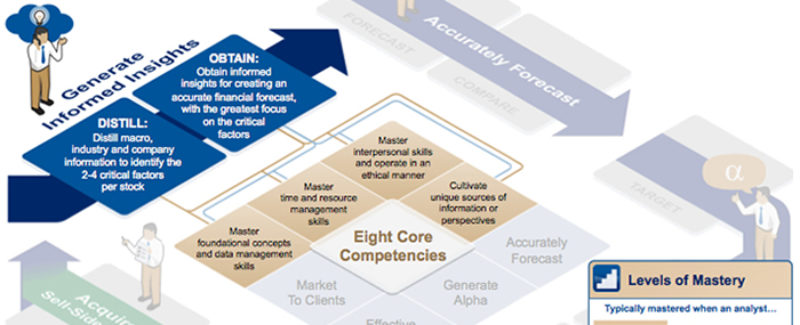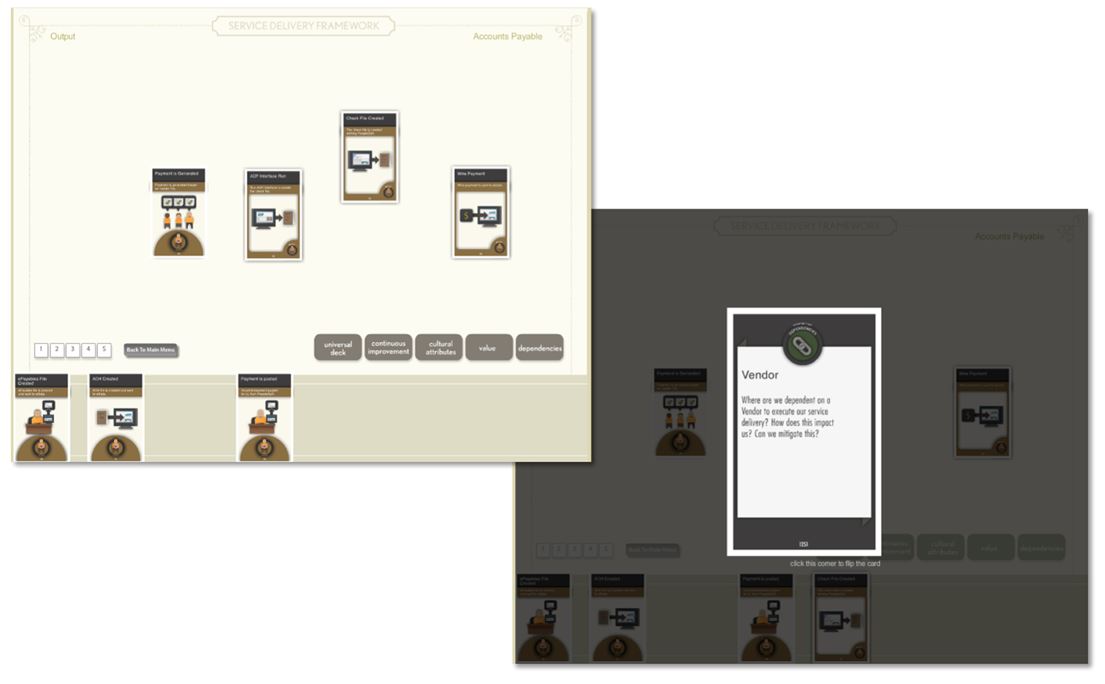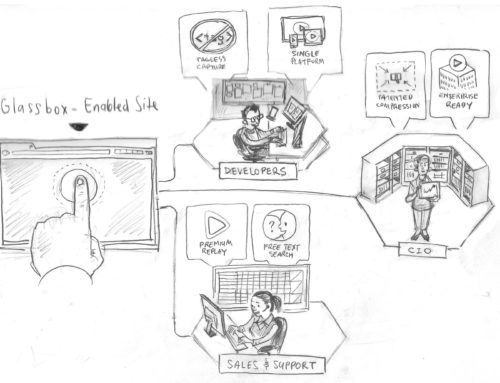Recently we blogged about the effectiveness of visual solutions for both marketing and training and the feedback we received was very supportive of this idea.
We did however feel that it would be justified in taking a deeper dive to show specifically how visual solutions can address the unique challenges of change management and training.
Everyone loves change, right?
In marketing you are trying to convince a stranger to come onboard to a new offering, a new point of view, and a new frame of mind.
You produce case studies and client testimonials to engage them to come over to your side as their peers have.
But with team members – they are already on your side, right? You are all on the same team, right? Camp fires and kumbaya…? Actually, no, it’s not that easy.
Here are five situations that challenge this assumption:
5 Challenges in Training and Change Management
- “Been there, done that, bought the t-shirt.” – Bad experiences with past, numerous “game changing” programs. Why should this one be any different?
- I already have too much work. – More change coming down the pipe simply represents more work for them to do.
- This isn’t going to work. – Out of lack of understanding or shared vision, they simply do not see the end goal here.
- Where do I fit in? The program seems forced and they don’t see how their role and the business plans are aligned.
- How do I engage? They have not been given clear communication on what concretely within their “day job” they can do to get onboard and why it matters.
Treat team members exactly as you would a customer
If feedback surveys after your last change program ranked low in satisfaction, here’s your golden opportunity to shine. You CAN do this one differently.
Build and brand your change management strategy like you would for a product launch. But this time your target audience is your valued team members.
Gather up your best sales reps or marketers and figure out the best way to “market and sell this change.” Outline the incentives, features and benefits (if there are any).
If not, don’t try to fake it either. Be honest and explain why this direction is necessary for the company’s longevity. Weathering the early storm will be rewarded.
Cut off rumors and negativity before they get a chance to grow.
Any speculation how a change is going to increase team member workloads can be eliminated simply by being as transparent as possible at the outset.
Show your team how this change is going to increase sales, possibly bonuses and not late nights and unnecessary long hours.
Don’t market this as “change,” market this as meeting needs. Help your team members share this vision of meeting future client needs, increased customer satisfaction and better
Be the change you wish to see.
If the CEO walks the walk first, she’ll be the shining example for every other team member to follow. Often times change means those at the specialist and support level will have the most pain points going forward. By starting at the top, you cancel the power of excuses and you stamp out apathy.
Instill pride, get better adoption rates
Often team members feel as though they have no say in the matters of change. No one should feel as though they don’t count.
Show them not only how they fit into the larger picture, give team members a voice in shaping the changes needed.
Use surveys and create project groups assigned to tackle smaller elements of the larger change management strategy to give team members shared responsibility and a sense of autonomy for their role.
An Interactive Infographic Card Training Game Can Be a Great Catalyst for Employee Engagement
Use images, graphics, and short videos to educate, nurture and inspire
No team member wants to read an 86 page PDF on the change procedures being adopted by your company. Instead, make it visual and make it engaging.
Here are just a few ways to be visual-centric:
- Get it up on a large vinyl banner in the cafeteria
- Make it an interactive e-learning game that id accessed from your intranet
- Create t-shirts that help educate different departments on roles
- Crunch all your data into an infographic which visually explains why the change is needed
- It makes sense to use visual solutions when it comes to training and change management, but the ideation, concepts and determining the best media to use is not an easy task.
Using pictograms to map core competencies
You should get in contact with a design firm that is comfortable in these situations and one that fully understands the challenges.
Information design craft has matured considerably over the last few years and the team at Frame Concepts has contextualized this craft into practical visual solutions that you can hit the field running with for Training and Change Management Programs.
We always love to hear from companies that are wrestling with change. Viewing change with a team of “fresh eyes” can bring new perspectives to the table and often save time in the effort overall.
If you would like to learn more about all the types of training and change management program communications that are possible, we’d be happy to schedule a free demonstration with your team.









